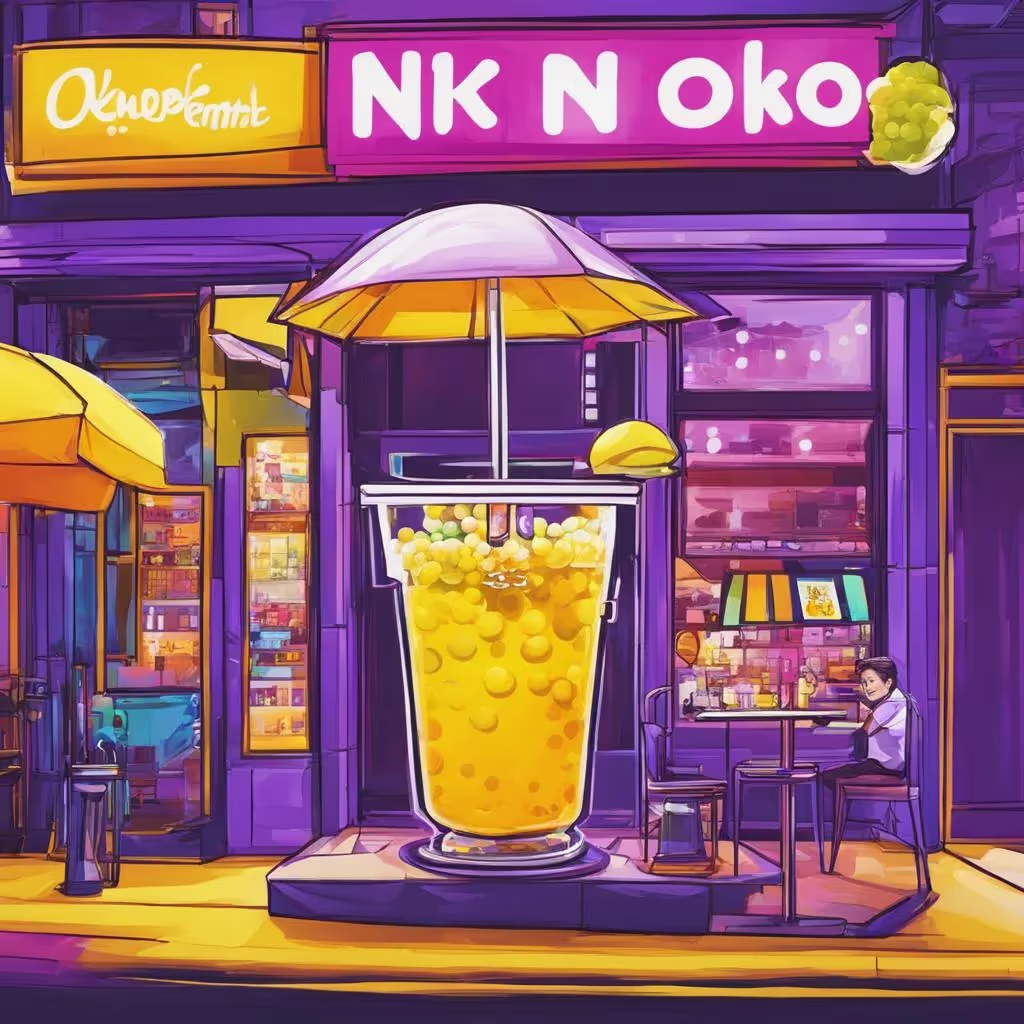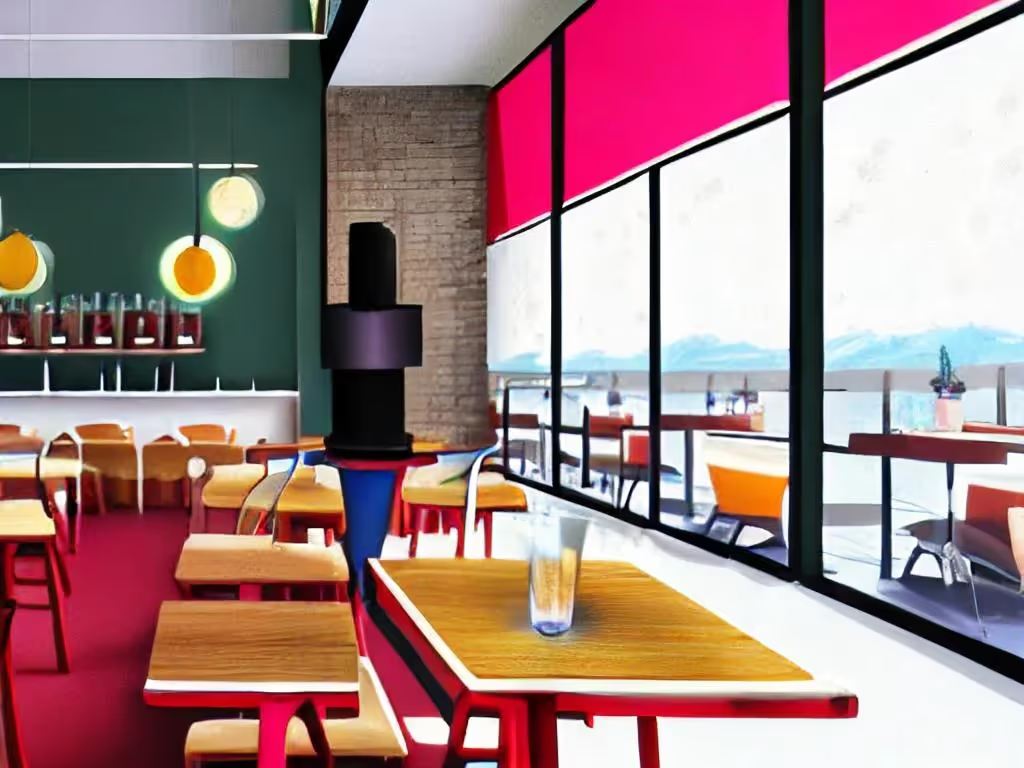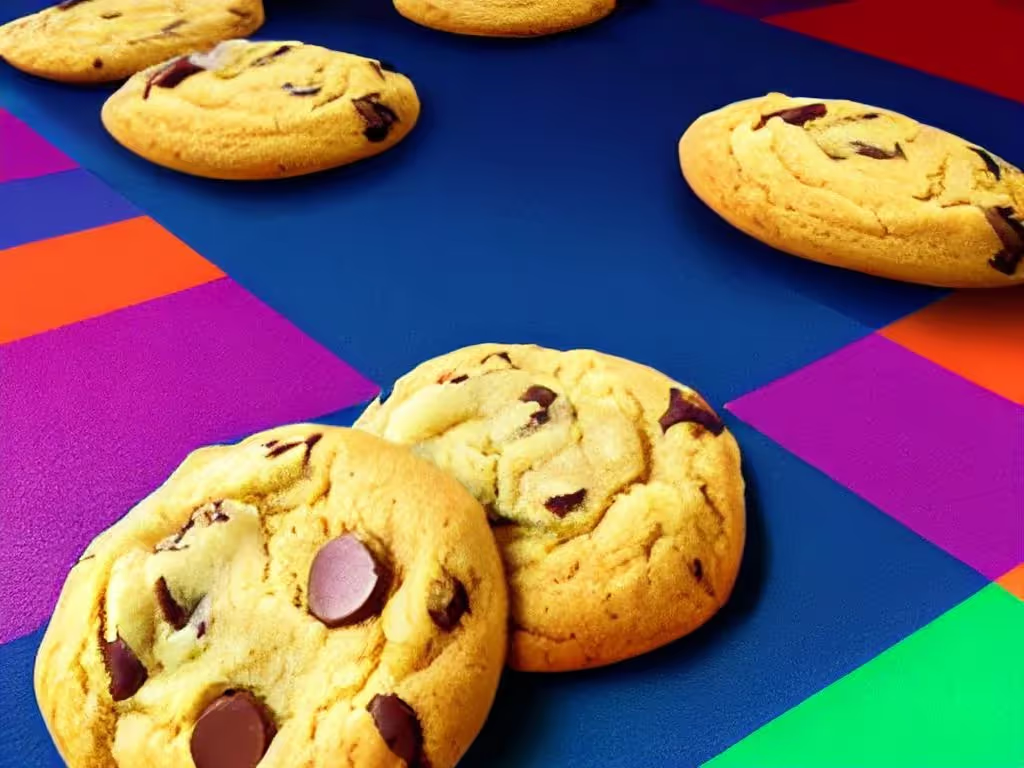Around 2012, the number of subscription-based companies that became household names spiked, as consumers increasingly joined shave “clubs” and prepared dinners from meal kits. From there, brands like Netflix and Spotify grew to dominate daily rituals. Enter the pandemic era, and subscription businesses are more ubiquitous than ever.
In management parlance, there are three basic types of subscriptions: replenishment, curation, and access. Replenishment ensures that customers don’t run out of the things they need (think razors, diapers, and other recurring purchases). Curation provides customized products that people may not source on their own, such as a box of personalized beauty products or artisan cheeses (perfect for gifts). Fun fact: This is the most popular type of subscription on the market today.
Finally, access is a tier all its own—and for many, it’s the gold standard of customer relationships. In an access model, subscribers pay a regular fee for the opportunity to buy products at lower prices. That is, you have to be a member to get the goods. When we think of access today, we think of Amazon Prime. But the framework dates much further back, and was actually pioneered by a leader in the food and beverage space: Costco.

Pay now, save all year
Costco’s history begins in the 1950s, when Sol Price transformed an empty airport hangar in San Diego into a store called Fedmart, where government employees paid a membership fee to access deals on furniture, liquor, and other products. In 1976, he followed with Price Club, which, after a 1990s merger, became Costco.
Costco is unique in a few key ways. First, the company charges an annual membership fee for access to its massive stores and rock-bottom prices on food, wine, clothing, jewelry (the list goes on). A wide reach means the corporation can buy goods at the lowest prices, and they pass those savings on to the customer instead of investing in advertising or fancy retail experiences. Membership fosters a sense of brand loyalty, and, since customers pay an upfront fee, they are that much more likely to shop at Costco than another store.
Today, Costco boasts more than 100 million members, with a 90% renewal rate—an impressive feat for a retail company in a changing economy. Clearly, the model still works. And a host of newer companies are thinking about how to adapt it to the habits of today’s shoppers.
Simplicity and savings—with a smile
Current versions of access-style subscriptions aim to bring Costco’s savings and loyalty into the digital age. Brands today are giving customers more of the features they want from subscription programs, including savings and rewards, automatic renewals and balance refills, order ahead capabilities, and more.
Take Amazon, for example. The company’s Subscribe & Save program allows customers to subscribe to an item while shopping their site, then choose how much they want delivered and how often. Customers save 10% on the first four subscriptions, and 15% on five or more in one delivery. By using the feature, shoppers can save on products they would be buying regularly anyway, just by using Amazon.

That’s great for convenience, but what about the personal experience? Plenty of people buy from the same businesses because they love to feel like a valued regular at a neighborhood coffee shop (or even at their local Costco).
Other bands have managed to unite efficiency and hospitality with loyalty programs. The Starbucks app lets users customize and place orders, then pick drinks up from a store nearby without waiting in line. And here’s the access part: customers can also use the app to pay in stores, adding balances automatically and earning and redeeming exclusive rewards with every visit. Similarly, Pret offers a monthly coffee subscription that lets people redeem up to five drinks a day by using a QR code in stores. Instead of one-off purchases, think of these as running tabs at your favorite local shop.

Bottom line: Everybody wants to save money. But not everybody wants to shop around for the best deals on the products they need and love. A single system that removes the guesswork, helps people spend less, and makes them feel like a VIP—that’s a club we all want to be part of.


.webp)


.webp)
.png)
.webp)

.avif)
.webp)
.webp)
.webp)

.webp)







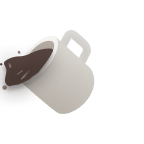


.png)
.png)







.svg)
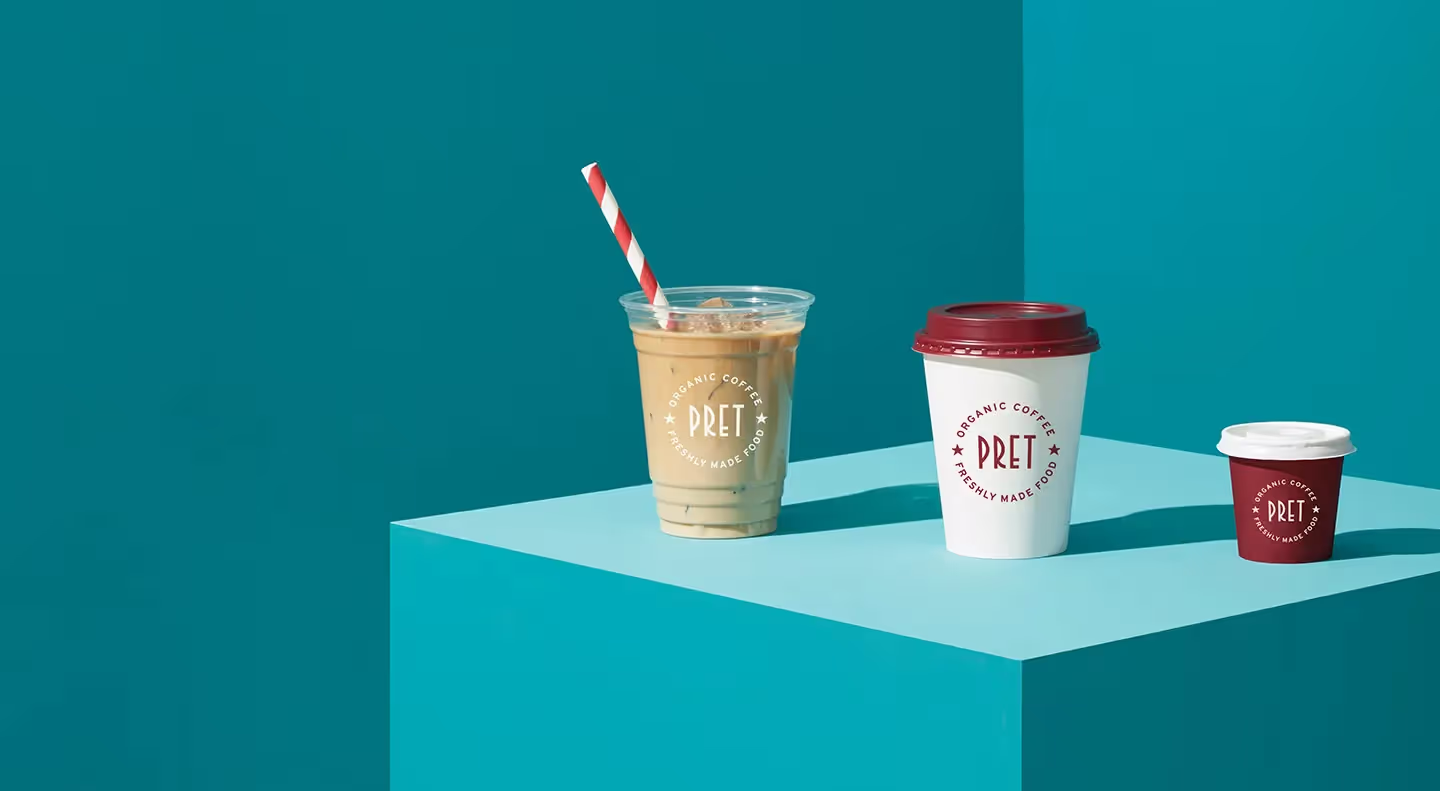




.svg)
.svg)
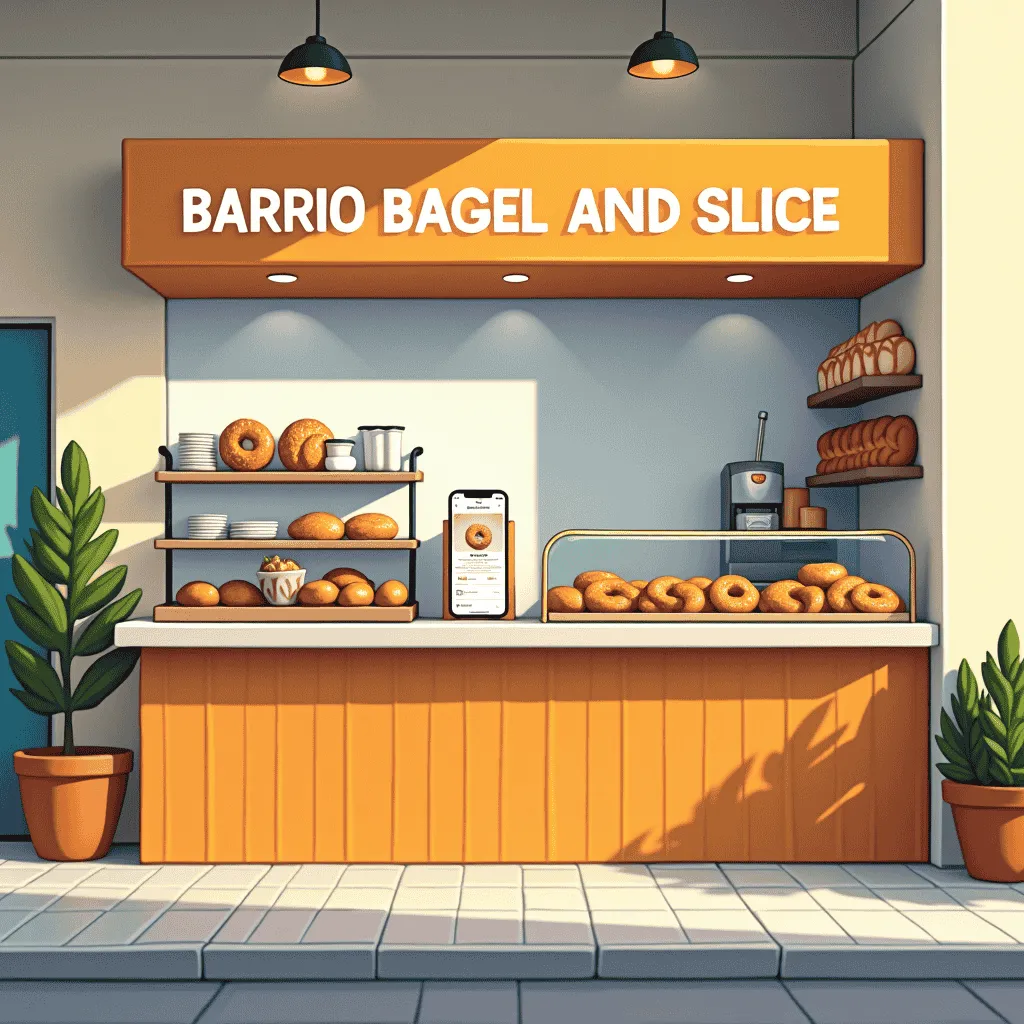


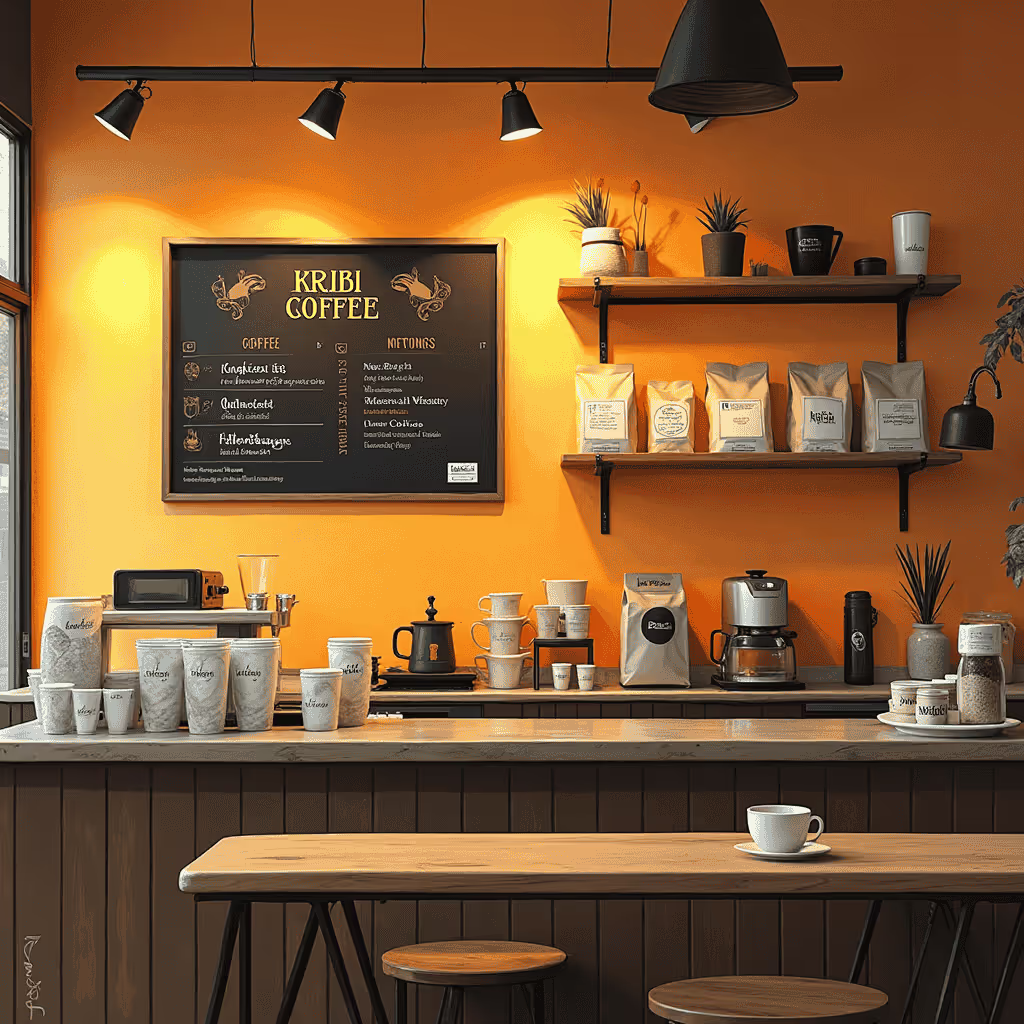
.avif)



.avif)
.avif)

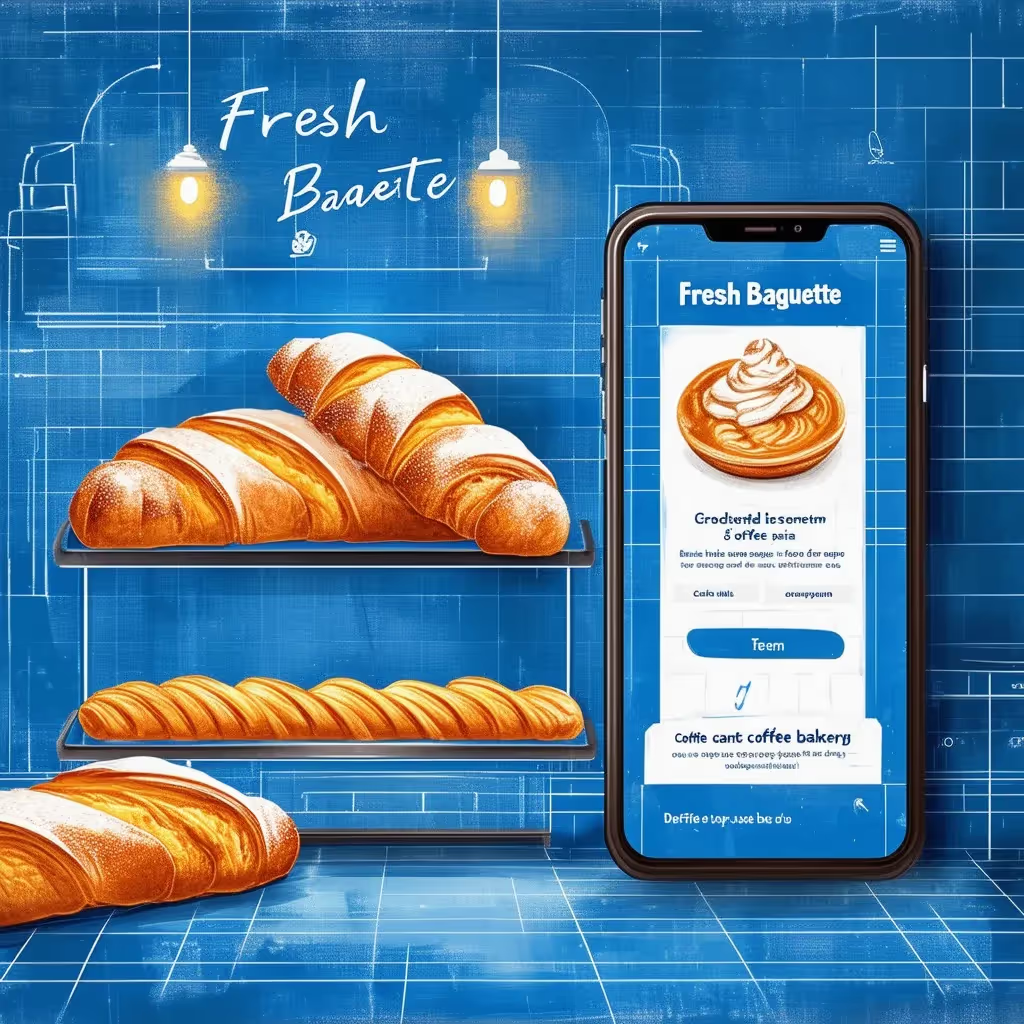
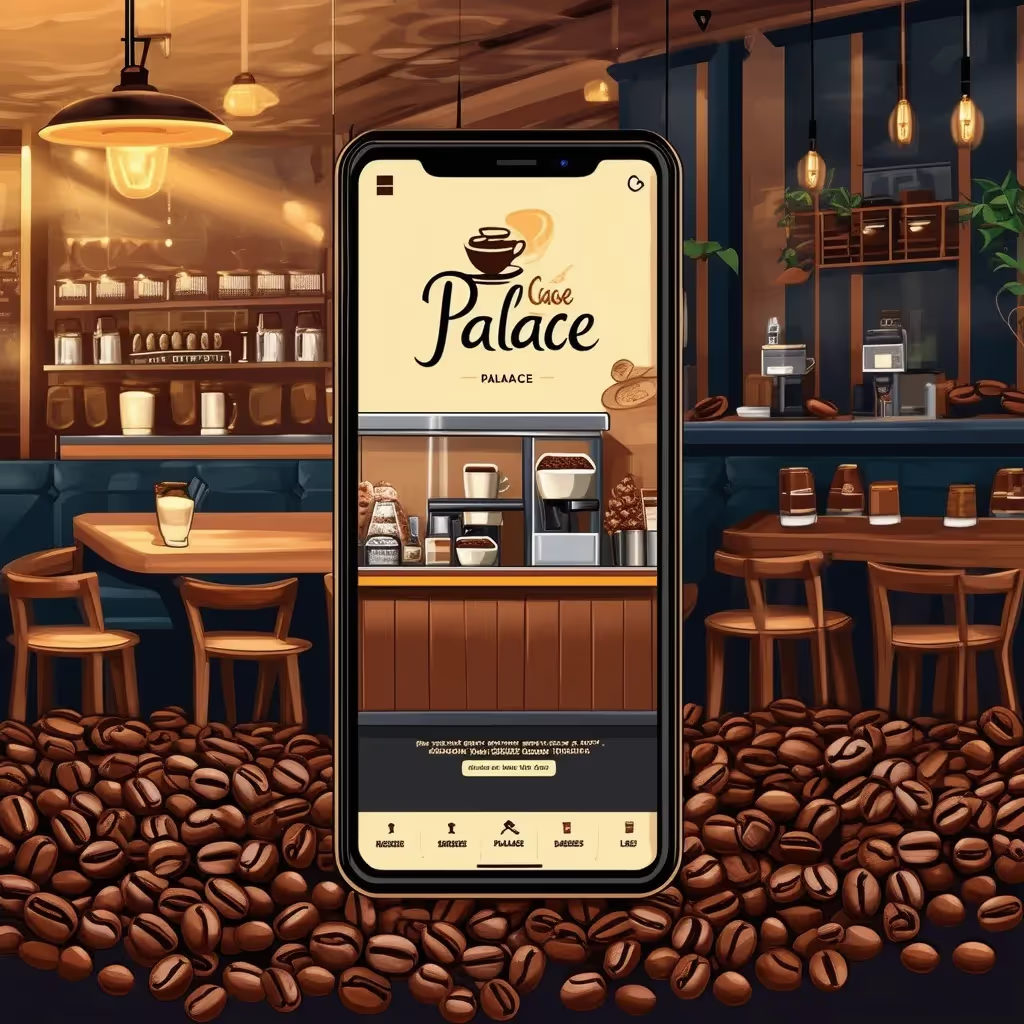

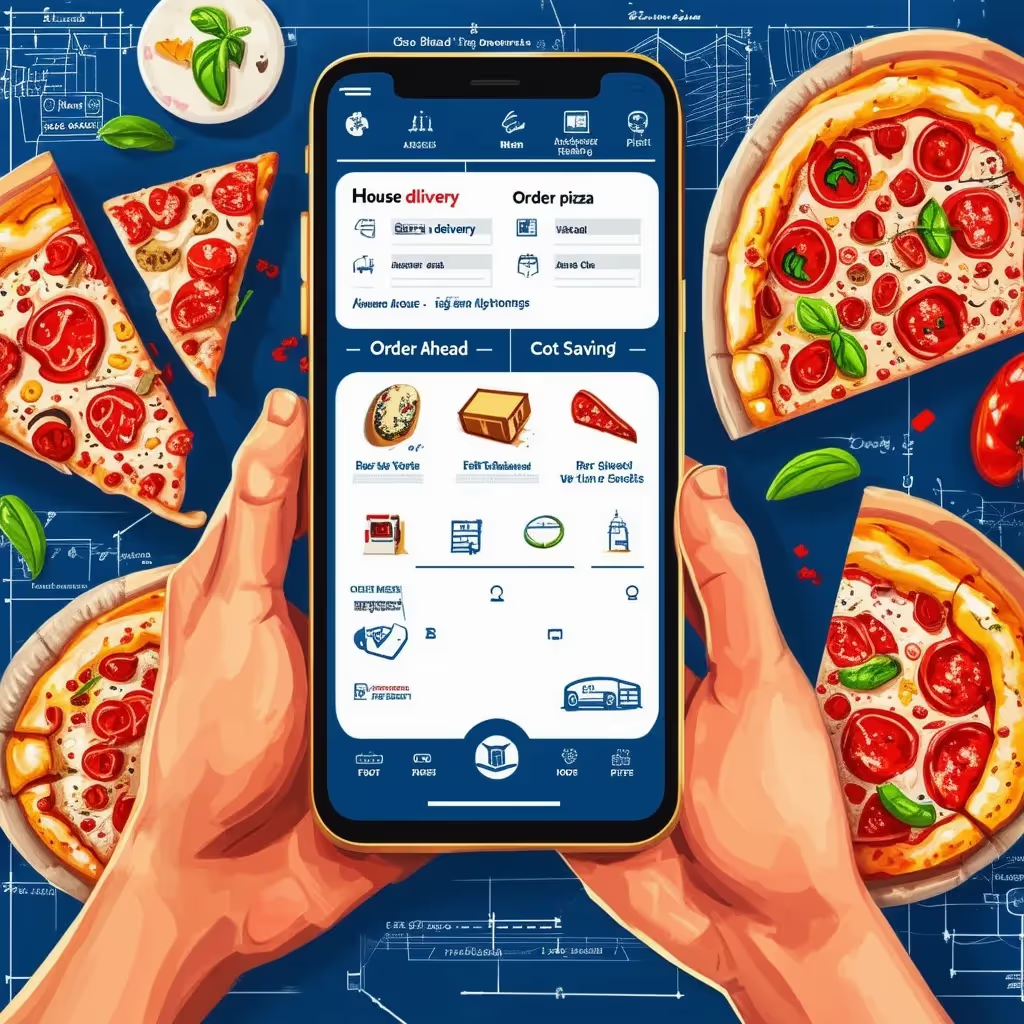




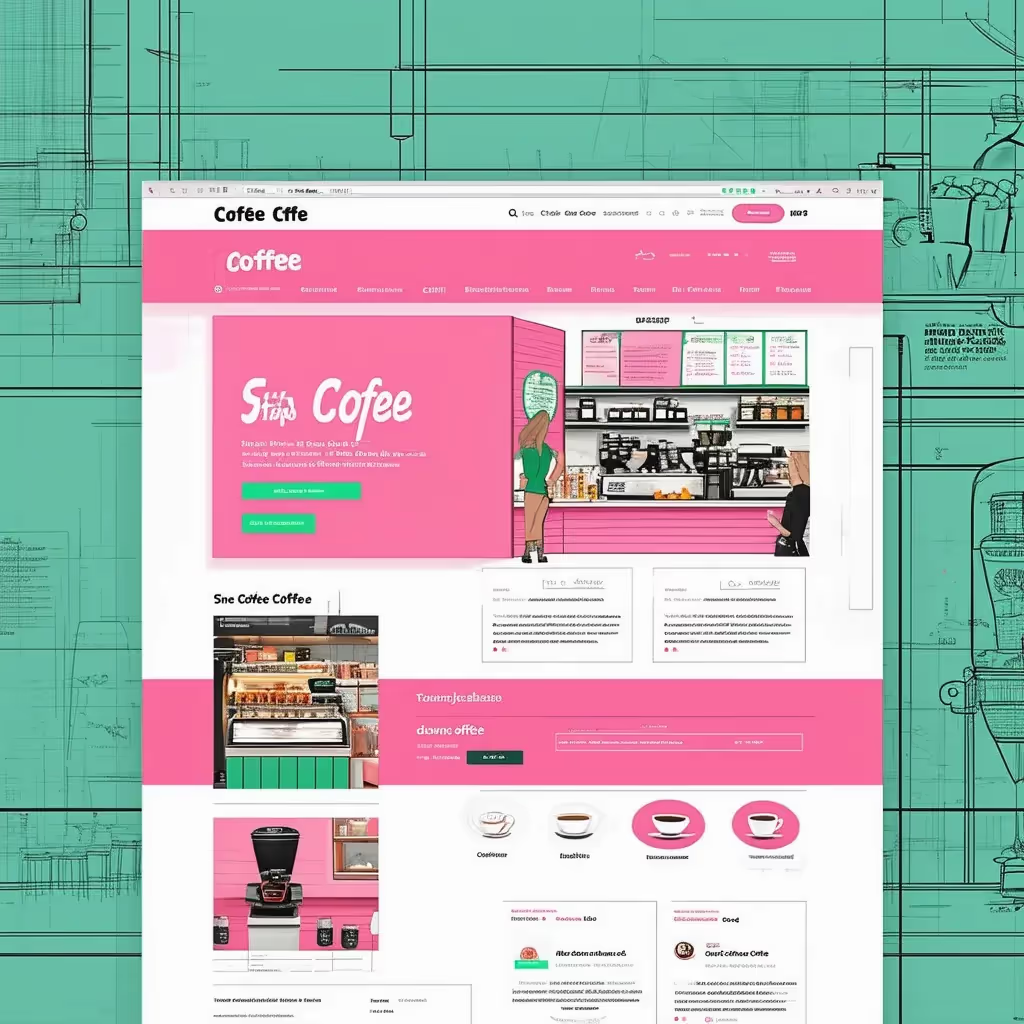
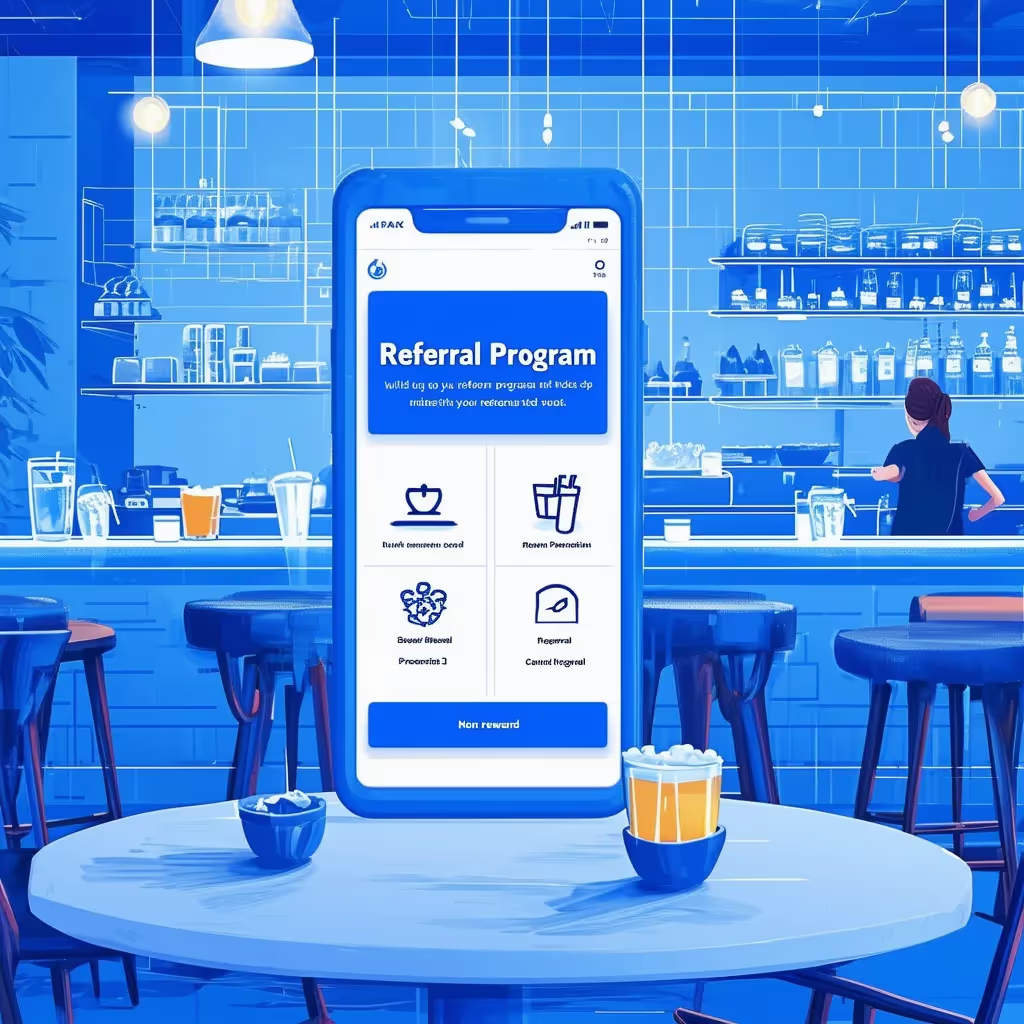


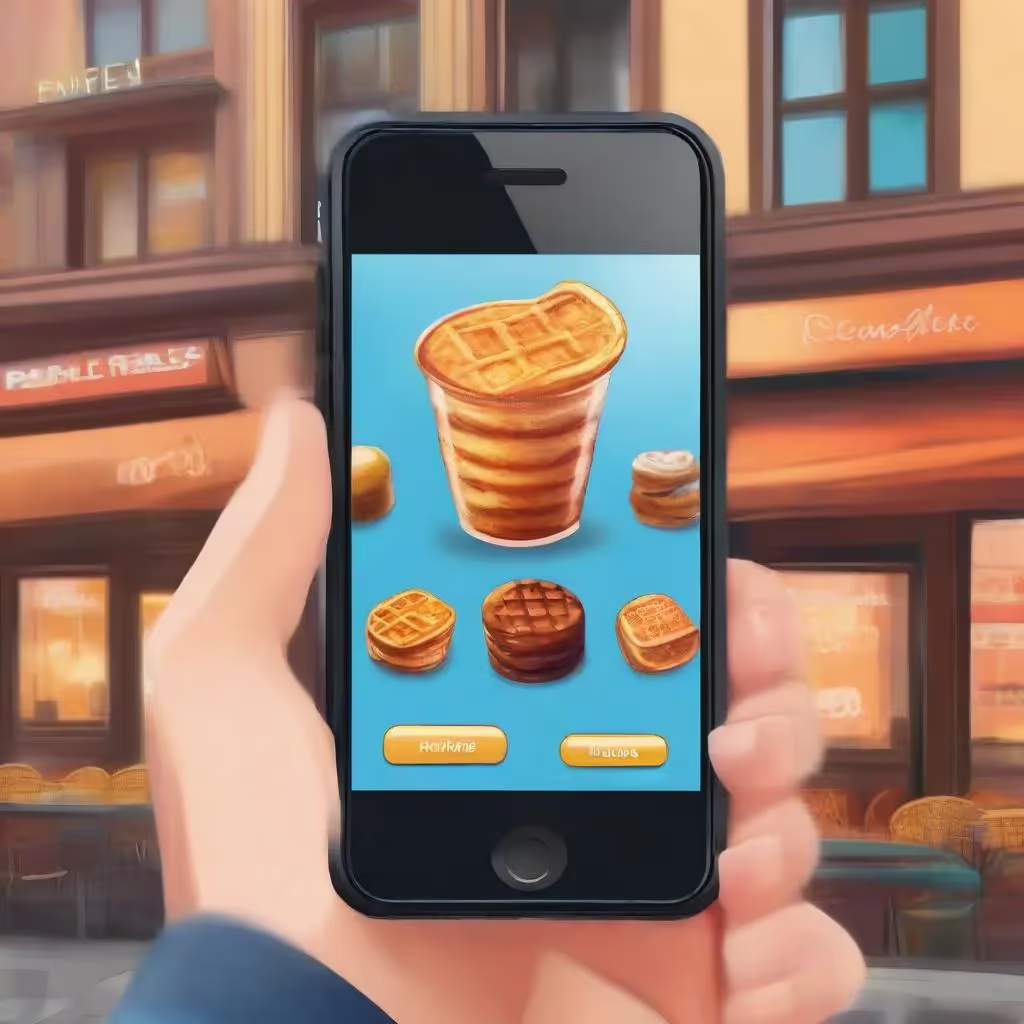


.avif)





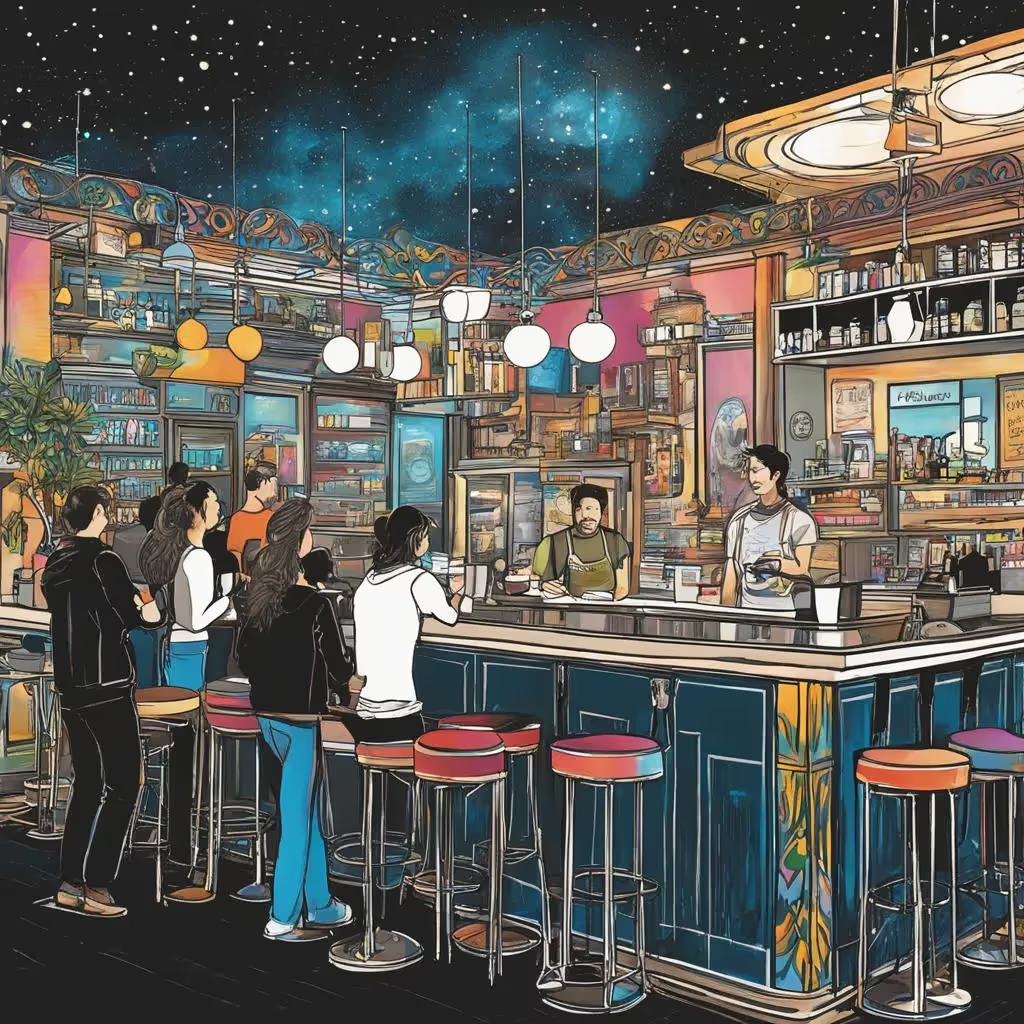
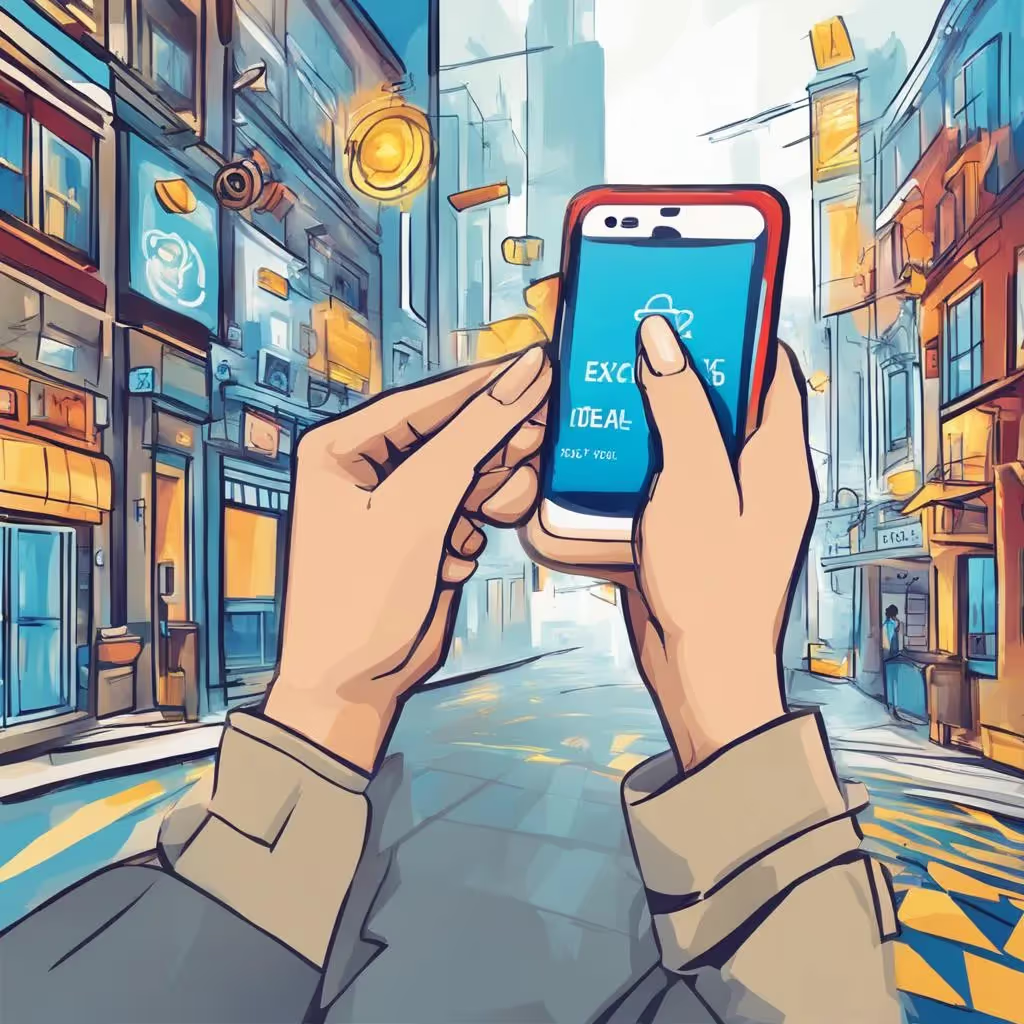

.avif)
